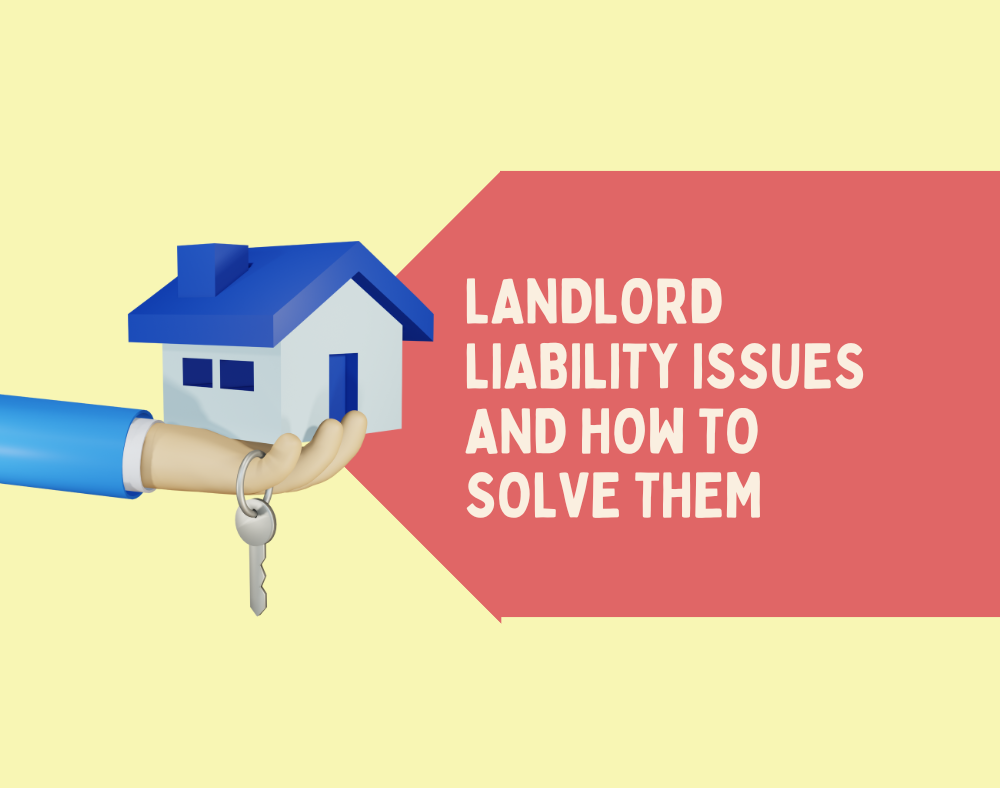Exploring Landlord Liability: A Property Manager's Insight with Abrams Realty in Virginia Beach, Norfolk, and Chesapeake 🛠️🔐
🏠💡 As a property manager with Abrams Realty, being a landlord involves not just leasing spaces but also safeguarding your tenants' safety and welfare. Yet, the legal landscape of landlord liability can be intricate, demanding a keen understanding of your responsibilities to avert potential legal entanglements. Here's a closer look at common landlord liability concerns and practical remedies for effective management.
1. Maintenance and Repairs:
Issue: Delayed maintenance may cause tenant injuries or property damage, resulting in legal actions.
Solution: Establish a proactive maintenance routine, respond swiftly to repair requests, and keep meticulous maintenance logs. Setting up a tenant maintenance system ensures timely issue resolution and lowers liability risks.
2. Unsafe Conditions:
Issue: Hazards like faulty wiring or broken staircases pose substantial risks to tenants.
Solution: Regularly inspect properties for potential dangers, address safety issues promptly, and adhere to local building codes. Preventive measures minimize accidents and ensuing legal liabilities.
3. Security Measures:
Issue: Inadequate security may lead to break-ins or harm to tenants.
Solution: Enhance property security by installing lights, locks, and security systems. Implement access control and educate tenants about safety protocols, reducing both risks and legal claims.
4. Fair Housing Violations:
Issue: Discrimination or fair housing violations can trigger costly disputes.
Solution: Adhere to federal and state fair housing laws, treating all tenants equally during leasing and eviction processes. Educate yourself about fair housing rules to maintain fair and consistent practices.
5. Environmental Hazards:
Issue: Exposure to hazards like lead paint or mold can cause health problems and legal actions.
Solution: Comply with environmental regulations, promptly addressing any hazards and informing tenants about potential risks. Transparency and quick mitigation reduce liability concerns.
6. Proper Documentation:
Issue: Inadequate documentation can lead to disputes.
Solution: Maintain detailed records of tenant interactions, lease agreements, and maintenance tasks. Comprehensive documentation serves as evidence in case of disputes.
7. Professional Guidance:
Issue: Navigating landlord-tenant laws can be tricky.
Solution: Seek advice from real estate legal professionals for compliance, lease agreements, and potential liabilities. Legal guidance helps prevent missteps and ensures informed decisions.
Effectively managing landlord liability demands a proactive stance, meticulousness, and a commitment to tenant safety. By addressing maintenance concerns, ensuring property security, complying with regulations and seeking professional advice, you can minimize legal risks. Staying informed and responsive is key to reducing liability, ensuring a safe environment, and a hassle-free landlord experience. At Abrams Realty, we're experts in property management, safeguarding your investments with care! 🌟🏢🔑


